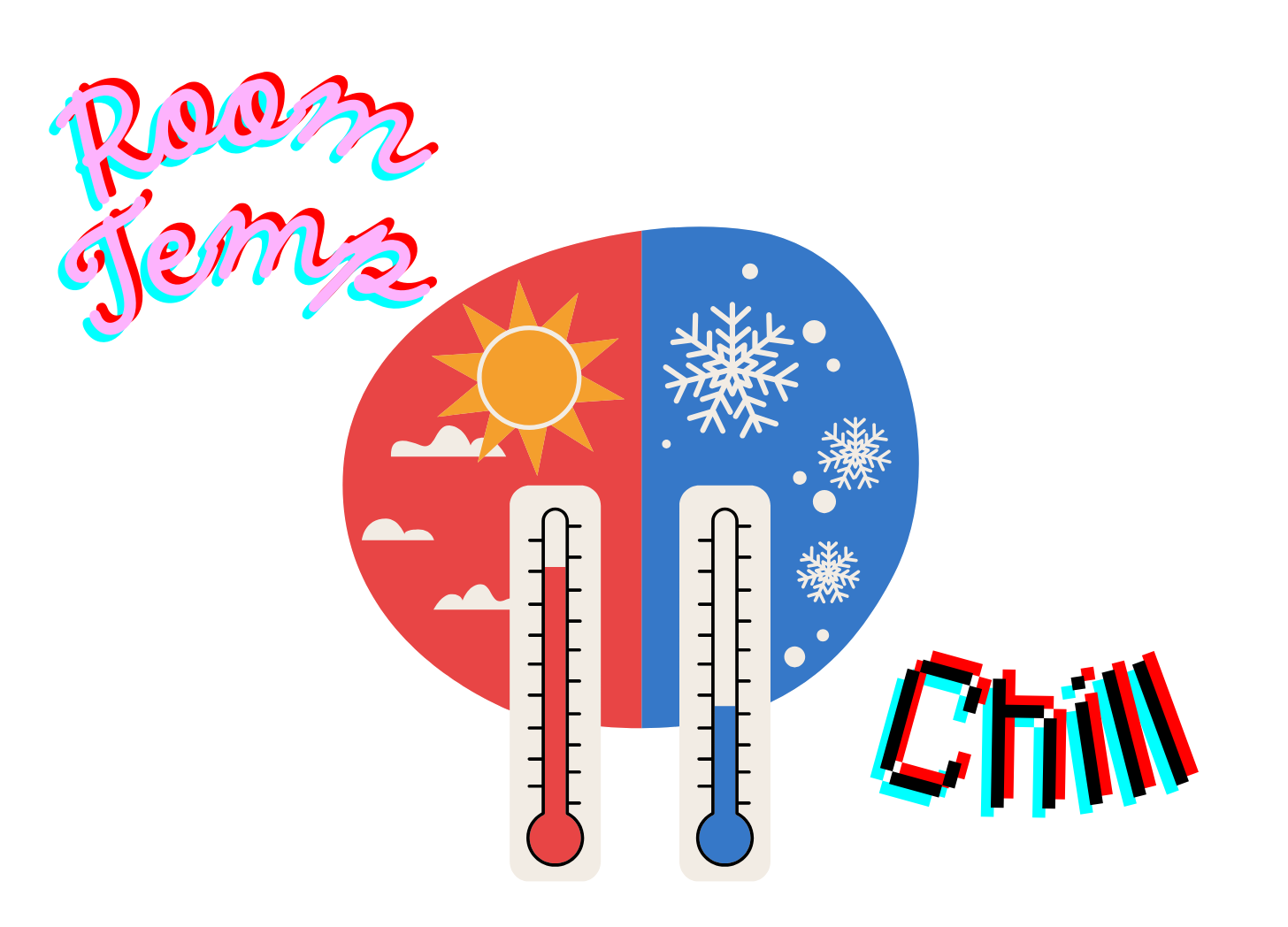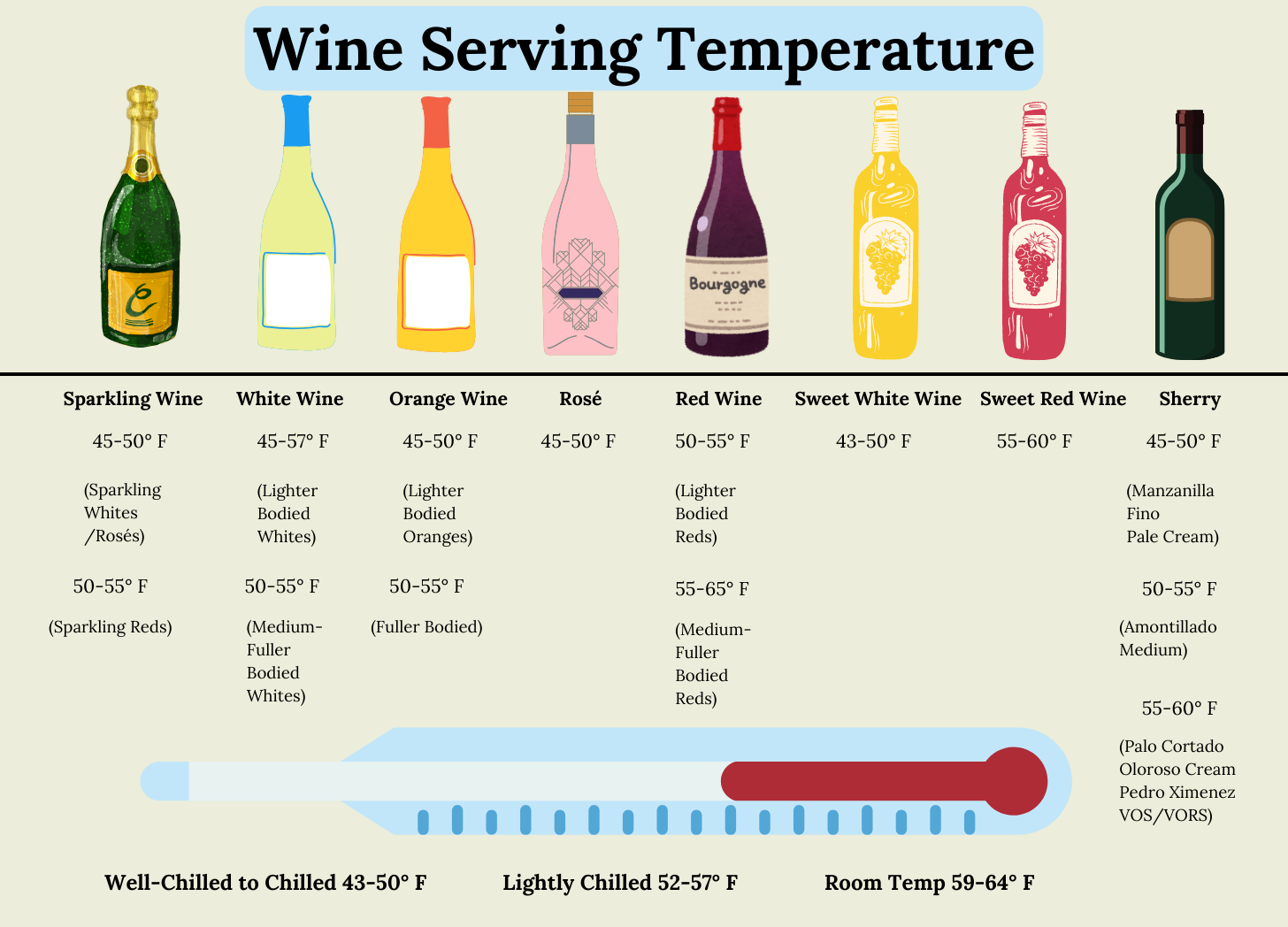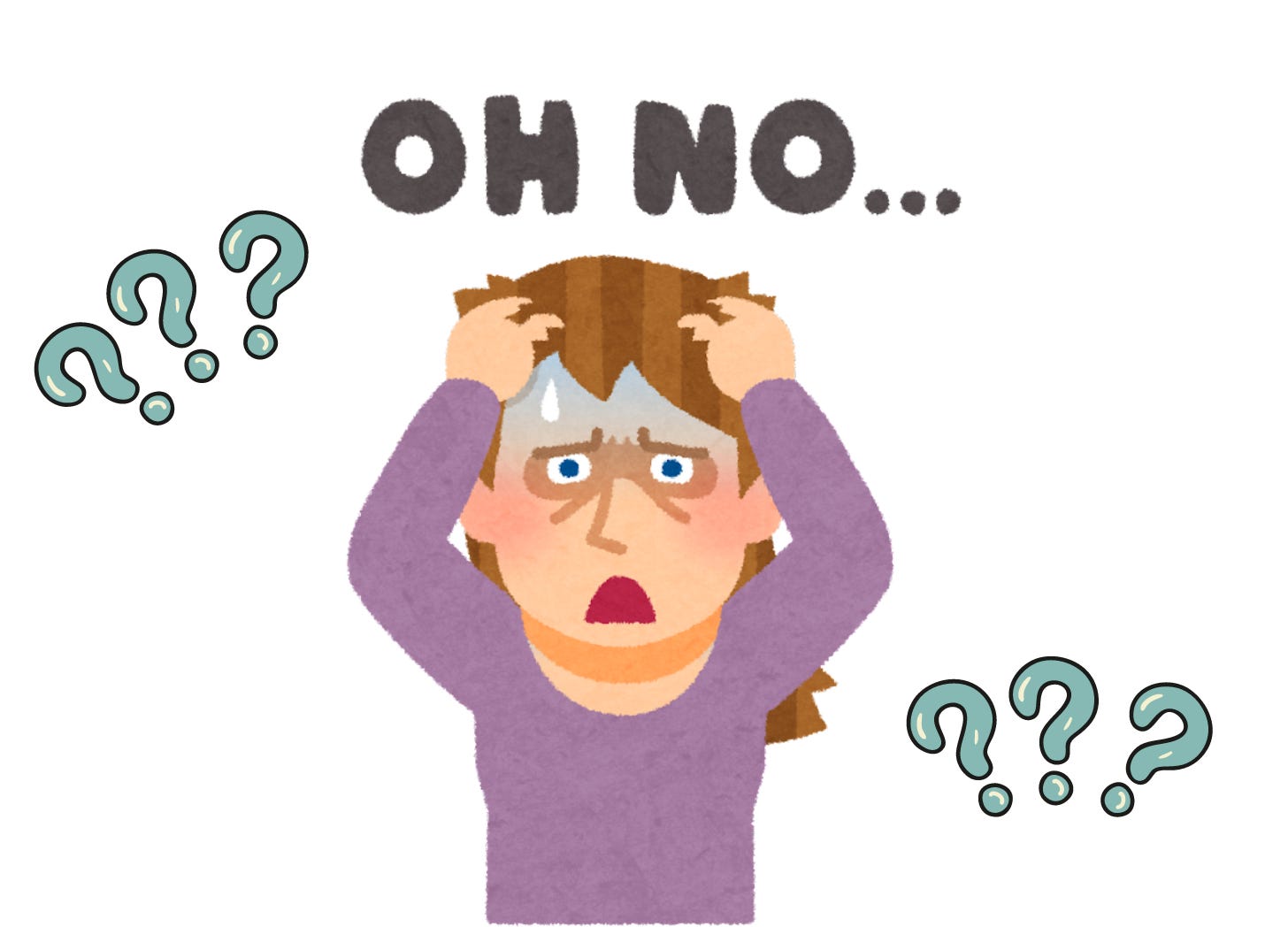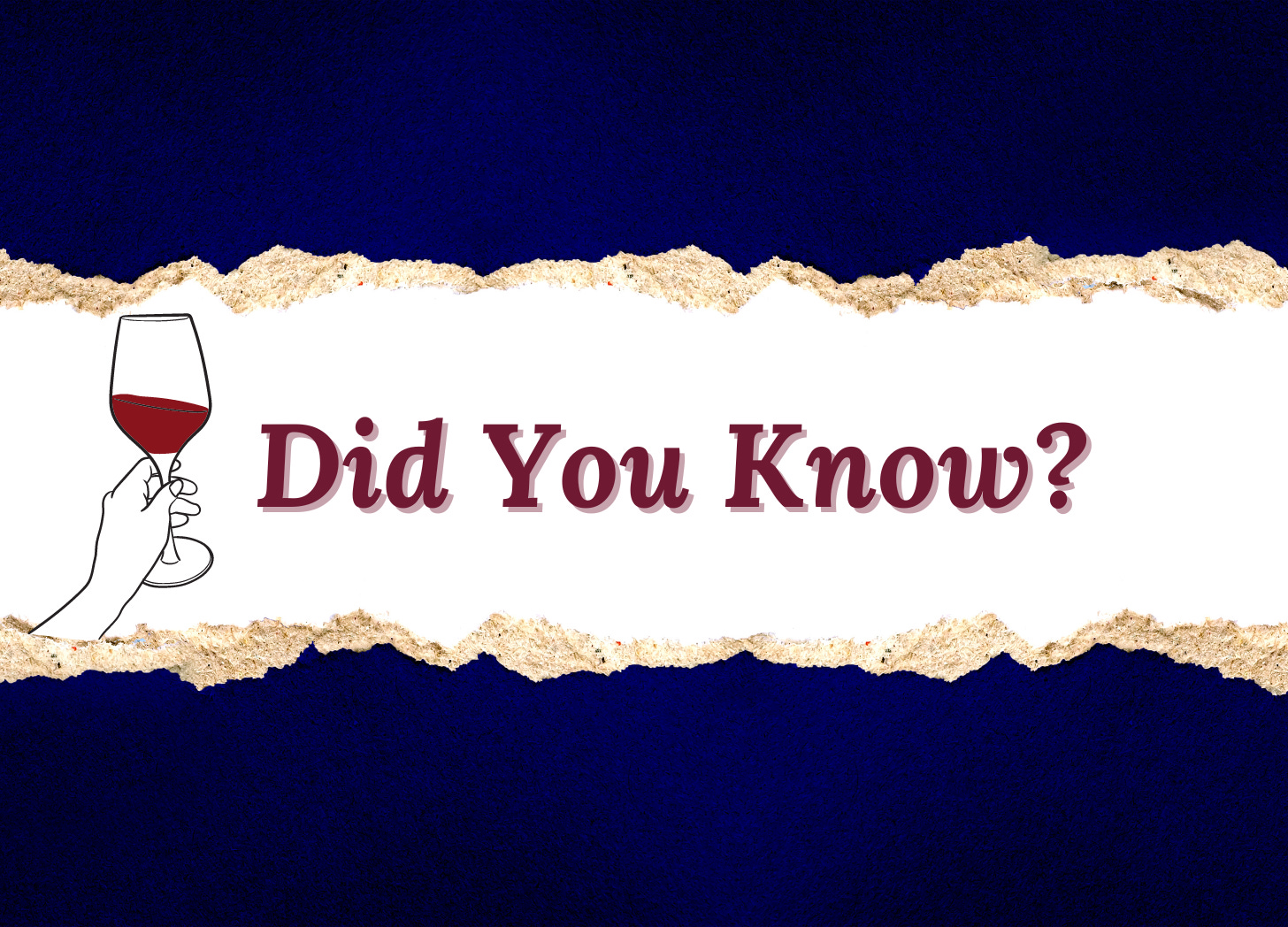The What and the Why of Serving Temperatures for Wine
Wine Serving Temperatures by Style
Before we get too far into our wine journey, we need to talk temperature. Serving temperature is arguably the most important factor to consider when serving wine–at least for a lot of the daily drinkers that are what most of us are drinking most of the time. This means before you buy a fleet of glassware, or invest in a decanter, or even start shelling out for nice bottles, you really need to understand what temperature your wine should be, otherwise it will all be for naught. So…
What Temperature Should My Wine Be?
These are the guidelines, and we do have a few important notes to keep in mind:
These are just guidelines. These are not hard and fast rules, nor the exact numbers that everyone agrees on. Cast about on the internet and you’ll see a little wiggling on the range listed depending on the source*, but this is meant to be a general rule of thumb, as well as a useful comparison across wine styles.
The temperature is not constant. Unless you’re in what would be an uncomfortably chilly room and you’re only holding the glass by the stem, the wine is going to warm up as you drink it. So it’s better to err on the cooler side of the range to start, so that over the course of drinking the wine, it stays in the suggested range.
Try it for yourself! As always, we recommend you experiment! Notice how your wine changes as you drink it. Drink a tannic red straight from the fridge, then notice what happens. Try warming up a crisp white and notice what happens. Try drinking every style of wine at the wrong temperature and see what happens, then compare it to the same wine at the right temperature. We often learn more from things that go wrong than things that go right. Embedding those experiences in your sensory memory will be most helpful to you in the long run, as you’ll get an intuitive feel for the right temperature, no chart nor thermometer needed.
For those that want to travel further into the realm of serving temperatures and what’s behind it all, this section’s for you:
What Happens If My Wine Is at the Wrong Temperature?
Nothing catastrophic, but it does mean that your wine won’t display its best (and it might even display its worst). Here’s what’s affected, and how these inform the temperature guidelines:
Aroma
Aromas close down at colder temperatures, as fewer volatile aroma compounds are released into the air. Some aromatic white grapes, such as Riesling and Sauvignon Blanc, have enough aroma to still be fragrant when well chilled, but for most grapes, the bouquet will be muted at a cooler temperature.**
Alcohol
While warmer temperatures mean more aromas, you don’t want to go too warm! The alcohol will begin to evaporate at around 68° F, which throws the wine off balance. This is an especially important factor to keep in mind if you don’t have a wine fridge or wine cellar—if a wine’s hanging out at room temperature, and your room is at 72° F, then you’ll want to chill that bottle down, even if it’s a red, before serving.
Tannin
We perceive more bitterness and tannin at lower temperatures—this is why red wines are served at a warmer temperature than white wines. Generally speaking, the more tannic the wine, the warmer you’ll want to serve it (minding the note above about alcohol).
Acid
The science for acid isn’t as cut and dry, so to speak, as for some other components of a wine’s structure. But most people agree that a cooler wine is more “refreshing”, whereas that same wine at a warmer temp may be described as the dreaded “flabby”.
Sweetness
Our palate is more sensitive to sweetness at warmer temperatures, which is why dessert wines are generally served chilled. At warmer temperatures, they could be too sweet to the point of cloying.
Bubbles
A sparkling wine will release its bubbles at a faster rate if the wine is warm, so a sparkling wine that’s too warm would be overly frothy before going flat (thus completely bypassing the joys of sparkling wine!) In order to keep those little bubbles coming, sparkling wines are recommended to be served well-chilled.
And there you have it! This was only a primer to get you started—we hope to cover more of these topics in depth in future posts. But now you have the tools you need to ensure you are serving wine at the right temperature. So go forth and serve!
*Part of this is due to Fahrenheit vs. Celsius, and how some numbers just seem more natural to use as a guideline. For example, in Celsius they’ll often list the starting temperature for Sparkling at 6° C, which is 43° F. But for us Americans, 43° seems an unsettling place to start, so we often bump it up to 45° F, which is 7° C (maybe an unsettling number for the rest of the world?) All this is to underscore that it’s not written in stone. Each wine is different, and each person’s palate is different, so there is not a universal temperature for every wine that will work for everyone. All the more reason to experiment and find what works for you.
**But! Also note that most refrigerators are set to below 40° F, often at 37° F, which is colder than the recommended serving temperature for any wine. So even the styles that are intended to be well-chilled aren’t meant to be drunk straight out of the fridge, they need a little grace period at room temperature ahead of time.
Fun Fact: Room temperature guidelines for drinking red wines was created back when “room temp” was much colder than it is now, so now “room temp” is actually too warm for reds!







I have a question for you, but there might be too many variables to figure out a good general answer: in an average "room temperature" room, how long will it take a refrigerated bottle of wine, or partial bottle of wine, to warm to recommended drinking temperature? Like how long to go up 5 degrees, for example? Or 10 degrees?